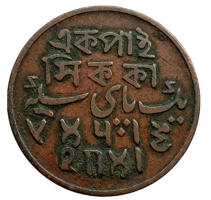I'm probably missing the definition of this, but I can't seem to find it anywhere in the book. Can someone please explain the notation [imath]P(C|A, B)[/imath]? I'm familiar with [imath]P(B|A)[/imath] notation (Probability of A given that B has occurred), but I don't understand the first notation. Is it Probability of C given (A and B), Probability of C given A and the B means something else? Thanks in advance.





